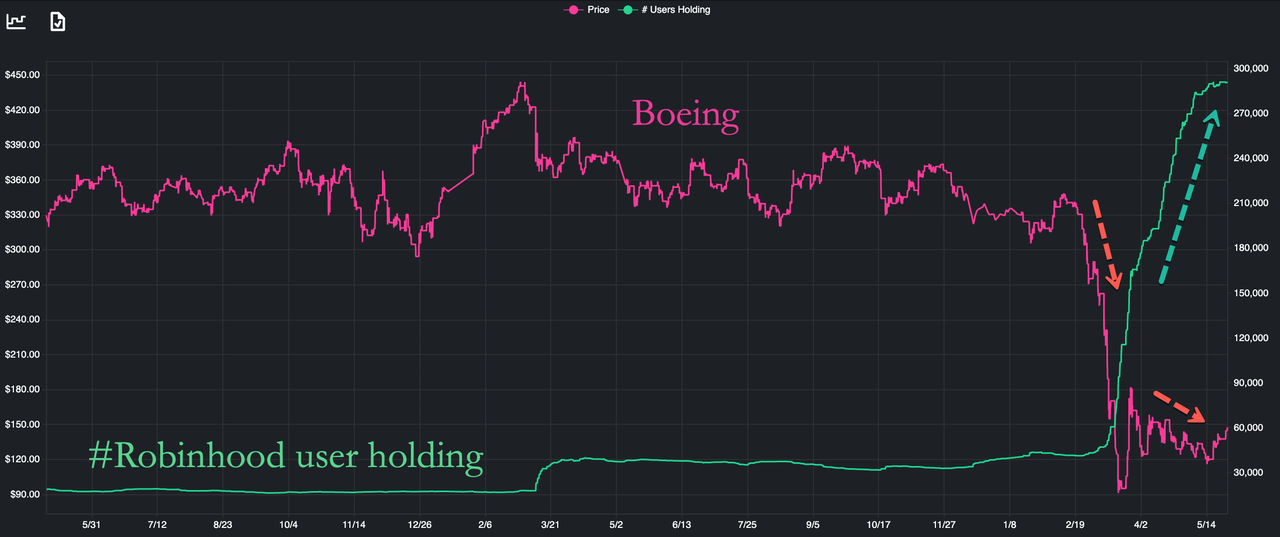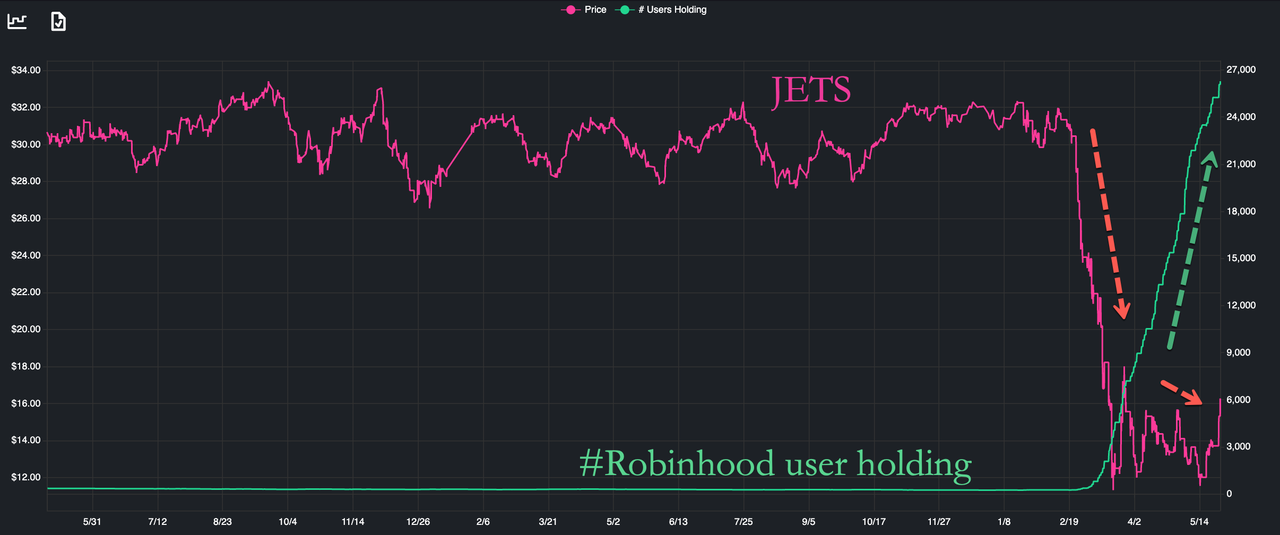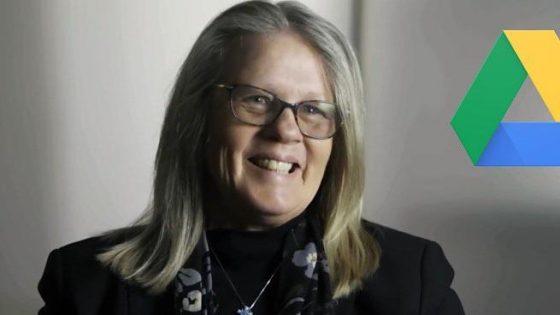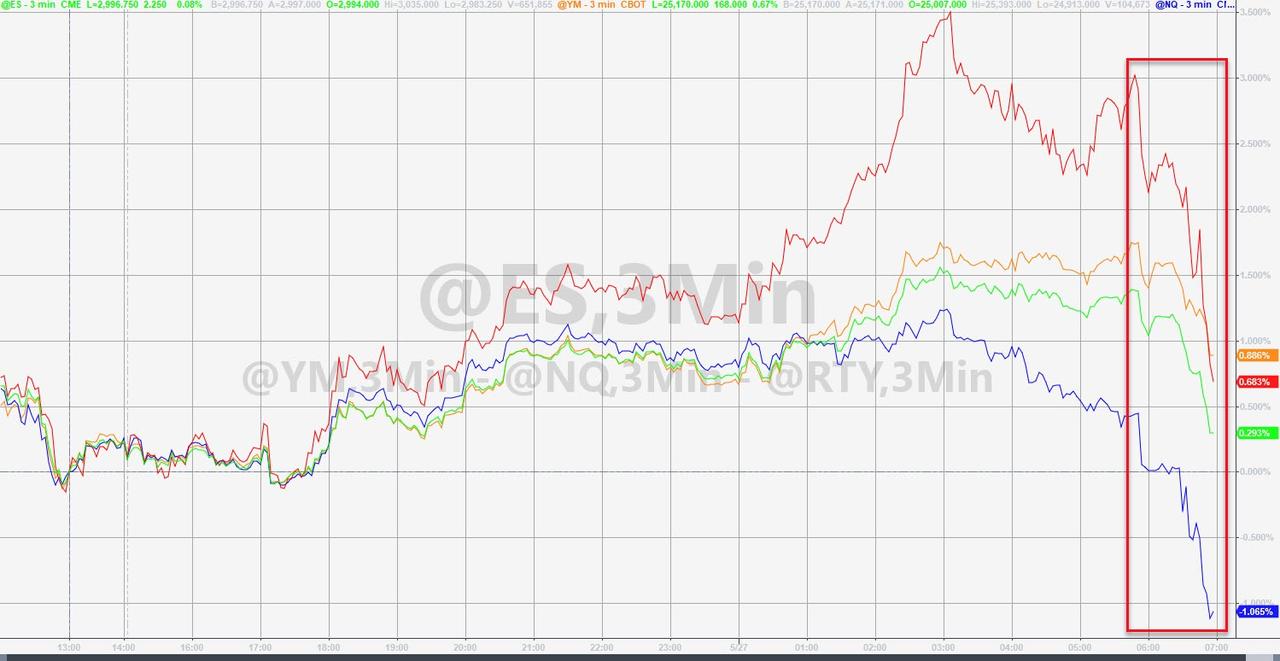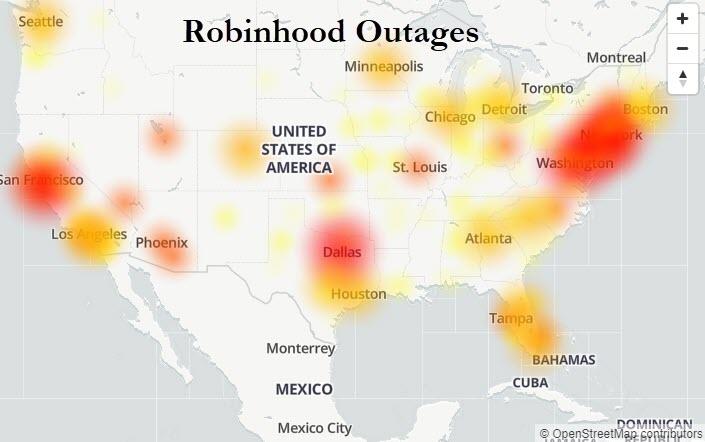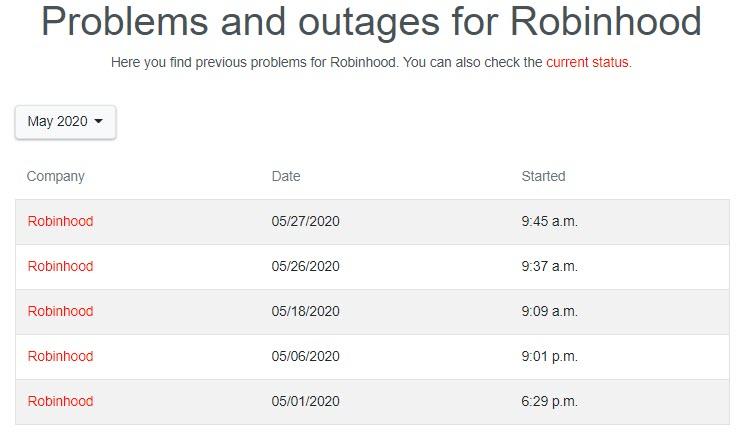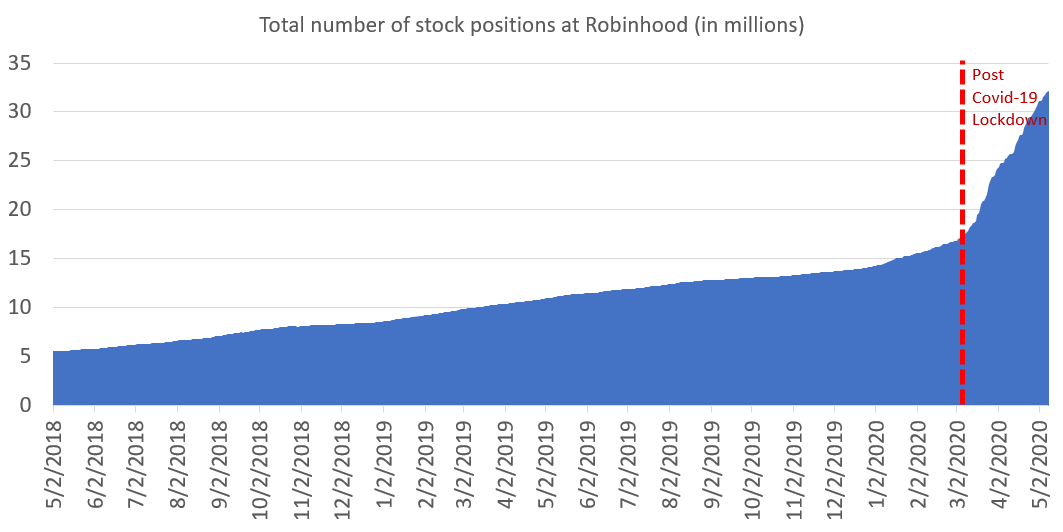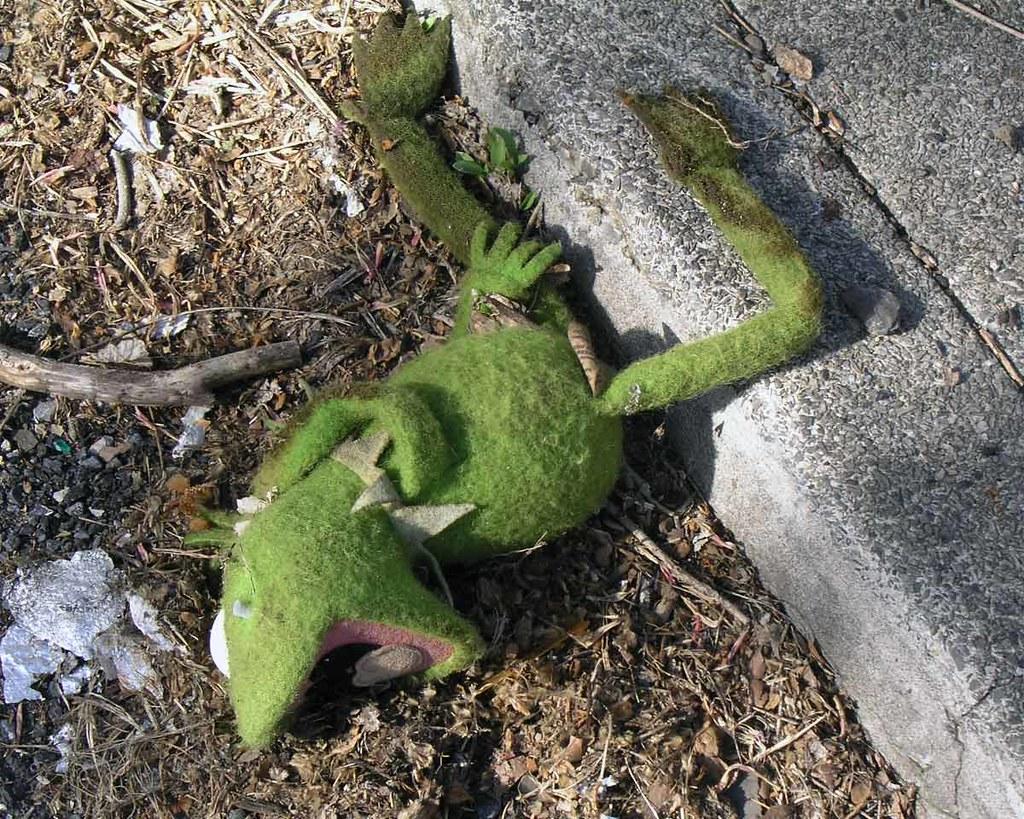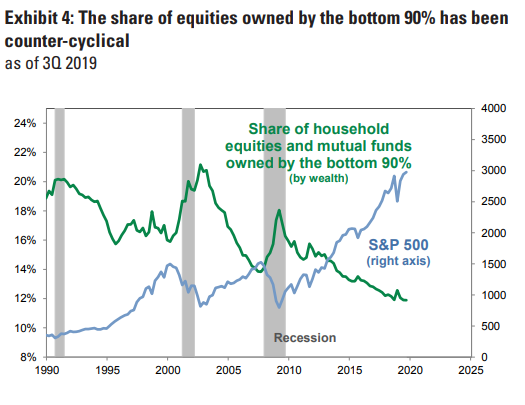Rabobank: “A Few Months Ago, Any One Of These Stories Would Have Been Front-Page News And Market-Moving”
Tyler Durden
Wed, 05/27/2020 – 11:45
Submitted by Michael Every of Rabobank
Equity markets (and EM FX) are still trying to rally in line with an epic central bank liquidity injection and the underlying plan that if we keep them up until the economy recovers, a recovered economy will then ultimately justify them. There has also been a boost from the fact that we are indeed now reopening in many locations.
What we now see is the relief when the cast around a broken bone comes off. Aah! The itching and constriction is gone! Fantastic! Cheer-leading from an FOMC member and someone who was publicly calling for a 4% US 10-year yield relatively recently aside, the problem is that we did not set the bone in question before we put the cast on. Yes, the leg is now out of plaster: but can you actually walk on it like before – or will you fall flat on your face? Doubly so as while the cast comes off, so do the gloves.
Central Hong Kong today is filled with police (and protestors) as legislation is being passed to criminalise insulting the Chinese national anthem or burning the Chinese flag. This is a warm up for the national security law that will soon be put in place by Beijing, and which yesterday was revealed to: 1) ban foreign judges from sitting on cases related to national security; and 2) ban not just “acts” against national security, but “activities” that can “seriously undermine” it. That is a very broad brush to be painting with in that geography, allege critics.
Meanwhile, in Washington DC we have heard US President Trump promise “interesting action” on China / HK by the end of the week. More importantly, the White House press secretary underlined that Trump is considering sanctions on a range of Chinese officials, businesses, and financial institutions: the Treasury department could impose controls on USD transactions and/or freeze assets of those targeted. The White House also reportedly does not see how Hong Kong can continue to operate as a global financial centre if China passes the national security laws, underlining its own threat. It is also looking at a sanctions bill targeting China’s alleged human rights abuses against the Uighur minority; and the State Department has just released a statement bringing up Tibetan rights. This is full-court US pressure.
Optimists point out that the US might be bluffing: really? Or that China can just do the same kind of financial business elsewhere. Pessimists might ask why other jurisdictions won’t be subject to the same US sanctions. Even Europe. The same top diplomat who on Memorial Day spoke of the end of US dominance in Asia, shrugged, and noted the EU’s reluctance to take its side, yesterday stated the EU is not considering any sanctions of its own against China because they are “not helpful.” The US will almost certainly make Europe comply anyway, as it has on Iran for the most part.
But there is more. White House Economic Advisor Larry Kudlow has openly stated that Trump is so “miffed” with China that he may walk away from the phase one trade deal, and that the US is prepared to pay the relocation costs for firms wishing to return to the US from China. We’ve heard it before, but this time it was black and white on red, white, and blue Fox News….where host Lou Dobbs recently eviscerated White House China-trade hawk Peter Navarro for going soft on Beijing and needing to far more.
Meanwhile, China’s gloves are also off – and not just against the US.
- The People’s Daily has threatened the UK economically if it decides to drop Huawei from 5G, which seems inevitable after PM Johnson’s latest stumble leaves his backbenchers feeling empowered. Which makes US-UK trade talks all the easier, one would imagine, to the EU’s chagrin.
- The Global Times has implicitly threatened Canada over today’s critical court decision on whether to proceed with the extradition proceedings of “hostage” Meng Wanzhou, Huawei CFO and daughter of its founder: does PM Trudeau have the ability to lean on judges? Despite tensions, this is likely to push Canada back closer to the US (and CAD lower?)
- This week the same state-run paper has already stated that if Australia sides with the US vs. China in geopolitics then Australia-China economic relations will be hugely damaged. Won’t Australia diversify exports, for example to India, and move even closer to the US in logical response (as AUD moves lower)?
- The stand-off on the India-China border continues, with the world showing more interest. An Indian academic interviewed on Al Jazeera on the matter yesterday stated that this was being seen in New Delhi as a clear Beijing warning not to sidle up to the US ahead. Which will probably create the opposite response.
- Vietnam has just released footage of a Chinese ship chasing, ramming, and sinking one of its fishing vessels in the disputed (by China) South China Sea, which occurred yesterday. Which will again push Vietnam closer to the US.
- Xinhua reports that Xi Jinping yesterday ordered the PLA to “scale-up” training and preparedness for war, and to be ready for worst-case scenarios. True, he said the same in early 2019 – but against the current backdrop it is worth noting.
- The FT has reported that China is expected to promote the use of domestic coal by tightening import rules, starting with shipments from Australia. After imports to the world’s second-biggest economy jumped in the first four months of the year, market participants said it was likely Beijing would impose restrictions that made it more difficult or expensive for coastal utilities to bring in thermal coal from overseas.
A few years ago, or even a few months ago, any one of these stories would have been front-page news and potentially market-moving. The fact that we can have all of them happen in the same week –alongside the US decoupling/sanctions headlines– and markets still hardly move says a lot about how successfully central banks have detached them from reality.
However, we are now starting to see USD/CNH move higher. At time of writing it stood at 7.1720 when it was as low as 6.8672 on 20 January following the ‘phase one trade deal’. If we break above 7.20 then things get interesting as we are in uncharted waters. Except they aren’t really uncharted – charts show we can easily head back to the 8+ level where the Chinese currency was pegged for years: it all depends on the politics. And on that front we are also not in uncharted waters either. We can all hope the above is just ‘noise’. Yet we have clear heuristics of where these kind of trends can lead if not well managed: more than the broken bones markets are trying to celebrate the ‘end of.’
via ZeroHedge News https://ift.tt/2TKEv93 Tyler Durden
